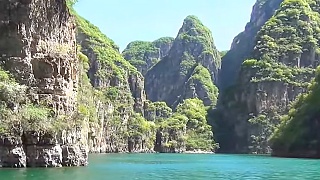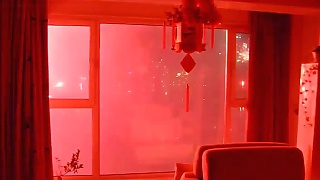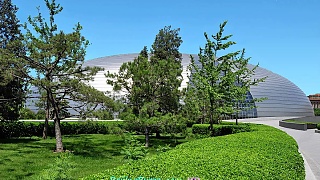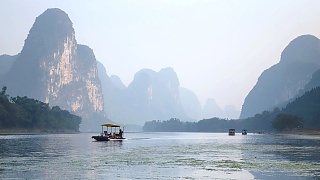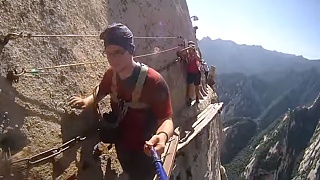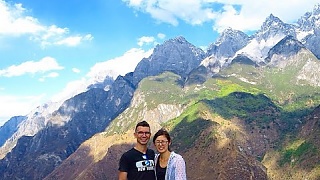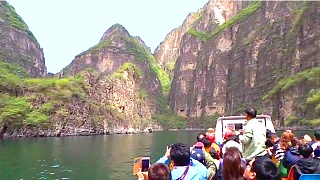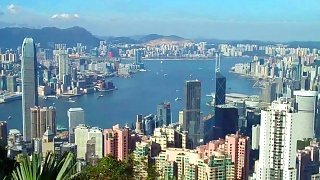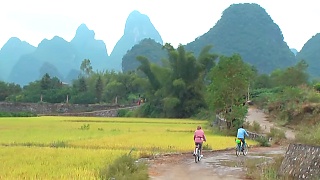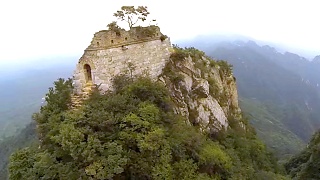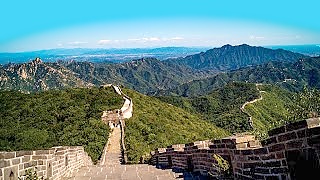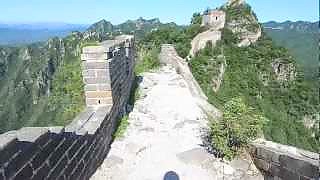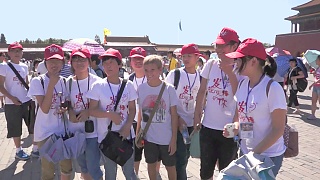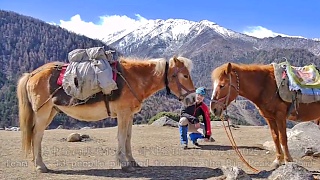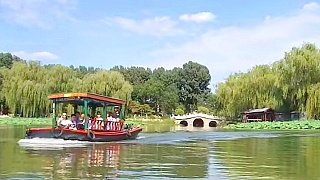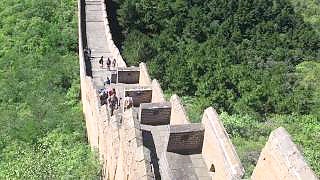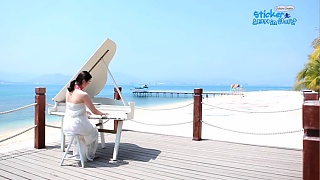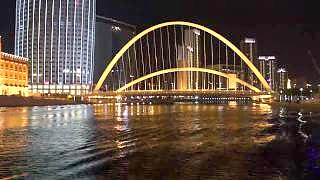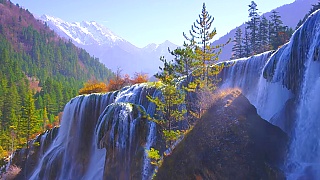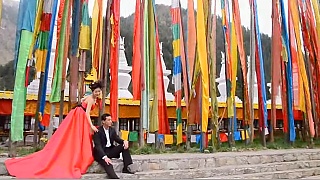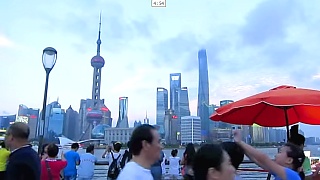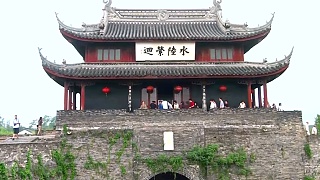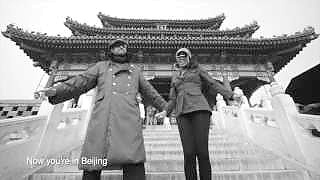
|
Starting with 'Now you're in Beijing (commie jungle mix)', music video.
Plus Beijing's popular attractions, a trip to the blue sky city, QianHai Lake (in central Beijing), the BeiJing to ShangHai sleeper train, and The Forbidden City (documentary; in English) bonus films ...
'Now you're in Beijing ...' - think about it - you're in Beijing, China - it might be different but that is here and not there; sure some things could be better - such as rights and protections for migrant workers, but Rome wasn't built in a day, as they say.
A few words on the Hu JinTao / Wen JiaBao era - definately one of China's most successful jumps forward; a major rise in prosperity for all, the growth of great infrastructure, such as the high-speed rail system, and much more, the Beijing Olympics, the Shanghai World Expo, space exploration, and the list goes on ... A happy retirement to two leaders who helped guide China back to greatness !
Mao ZeDong unified the country and helped defeat the Japanese invaders, and for that is a national hero. But things didn't go so well subsequently and on his death the 'Gang of Four' were arrested and China took a new path, though slowly at first following the courageous efforts of Deng XiaoPing. But it was not until circa 1990 that China really began to take off. So its rise to greatness, once more, is remarkable for having been achieved, from so little, in just 25 years. Obviously, they have done most things very right.
|
